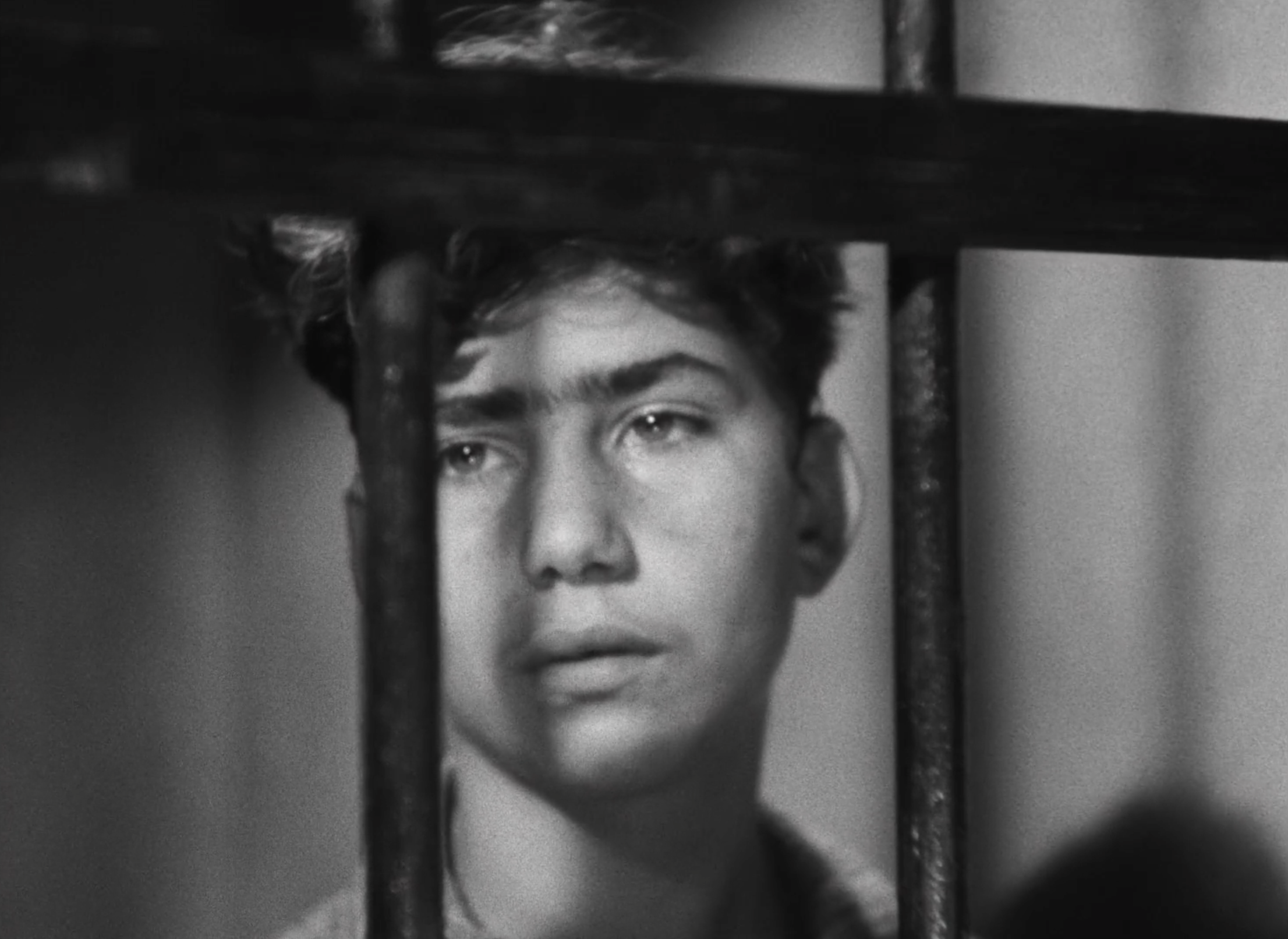
The Film Foundation Restoration Screening Room Resource Guide for
SHOESHINE (dir. Vittorio De Sica, 1946)
Presented in The Film Foundation Restoration Screening Room in November 2023 in partnership with the Cineteca di Bologna.
Table of Contents
2) Special Features
-Gian Luca Farinelli Interview
-Martin Scorsese on Neorealism
3) EXPLORE Page Materials
-The Film Foundation on Letterboxd
4) Live Screening Commentary Script
SHOESHINE opens with an exhilarating shot of a deliriously happy boy riding a horse. From here the director, the great Vittorio De Sica, crafts a devastating but deeply humanistic story about postwar Italy. Made in the days immediately following the collapse of fascism in Italy, De Sica was motivated to make the film after witnessing all of the undernourished Italian boys following the American troops, clutching their shoeshine boxes and crying “Shoosha” in their desperate quest to make a little money. The film follows two boys, both non-actors, as they make their way through an unforgiving system. In keeping with De Sica’s postwar commitment to neo-realism, their tale is profoundly moving without a trace of sentimentality. He reveals a keen and sympathetic understanding of the children’s plight. The naturalistic performances achieved by the entire cast shine with vitality, allowing bursts of humor and joy to penetrate the otherwise overwhelming tragedy.
The 4K restoration of SHOESHINE was completed at L’Immagine Ritrovata laboratory using the best surviving original elements.
Restored in 4K by The Film Foundation and Fondazione Cineteca di Bologna at L’Immagine Ritrovata in association with Orium S.A. Restoration funding provided by the Hobson/Lucas Family Foundation.
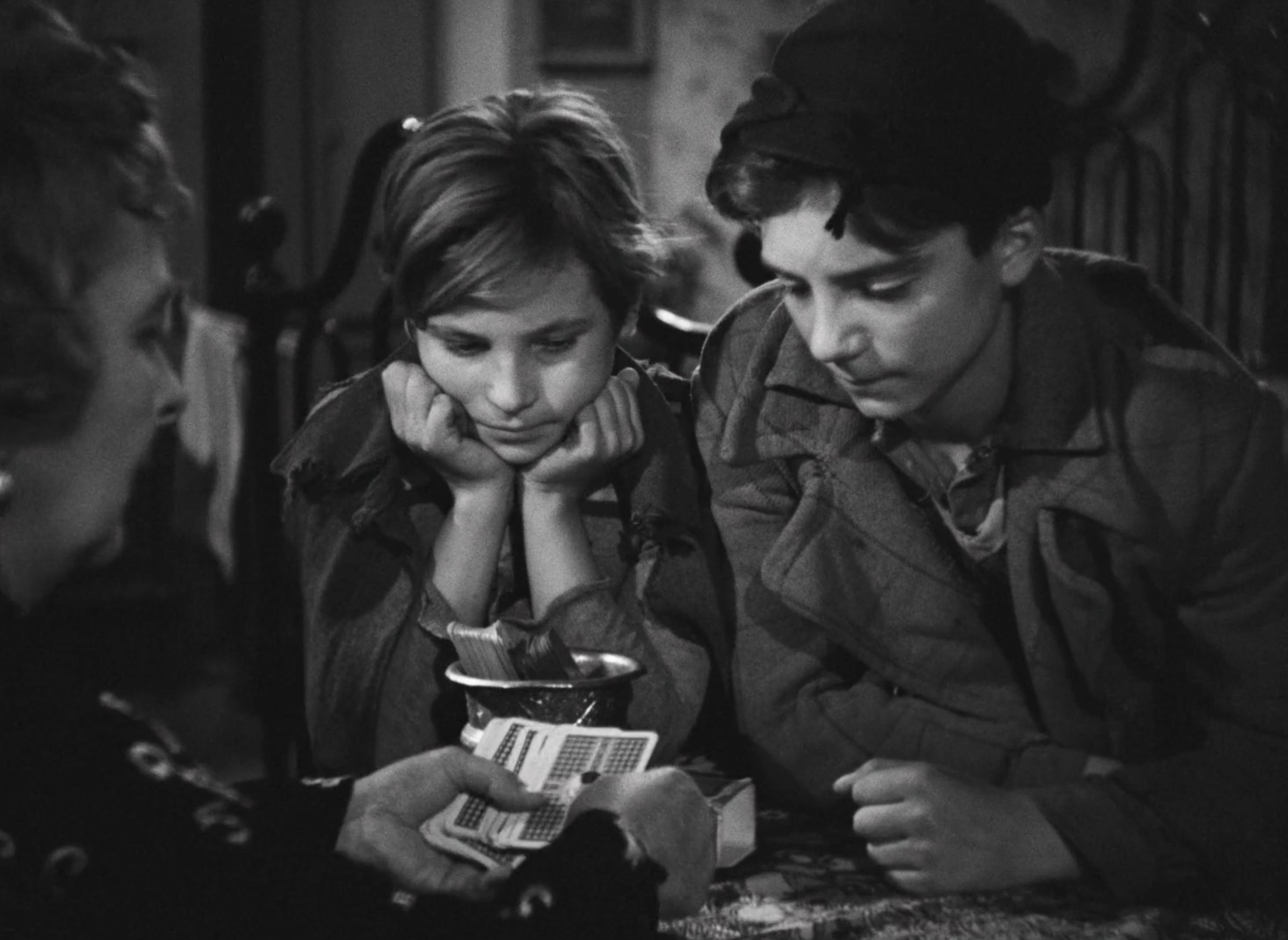
SHOESHINE (1946)
Actor and Director Peter Baldwin Discusses Neorealism and his Father-in-Law Vittorio Di Sica (Part 1, Part 2, Part 3)
Enzo Staiola on Vittorio De Sica and working on BICYCLE THIEVES via The Criterion Collection
(16 Nov 1974) FUNERAL OF DIRECTOR VITTORIO DE SICA IN ROME via AP
What is Neorealism Video Essay via Sight and Sound
Italian Neorealism and Gesture: De Sica's Umberto D and Bresson's Mouchette | Video Essay
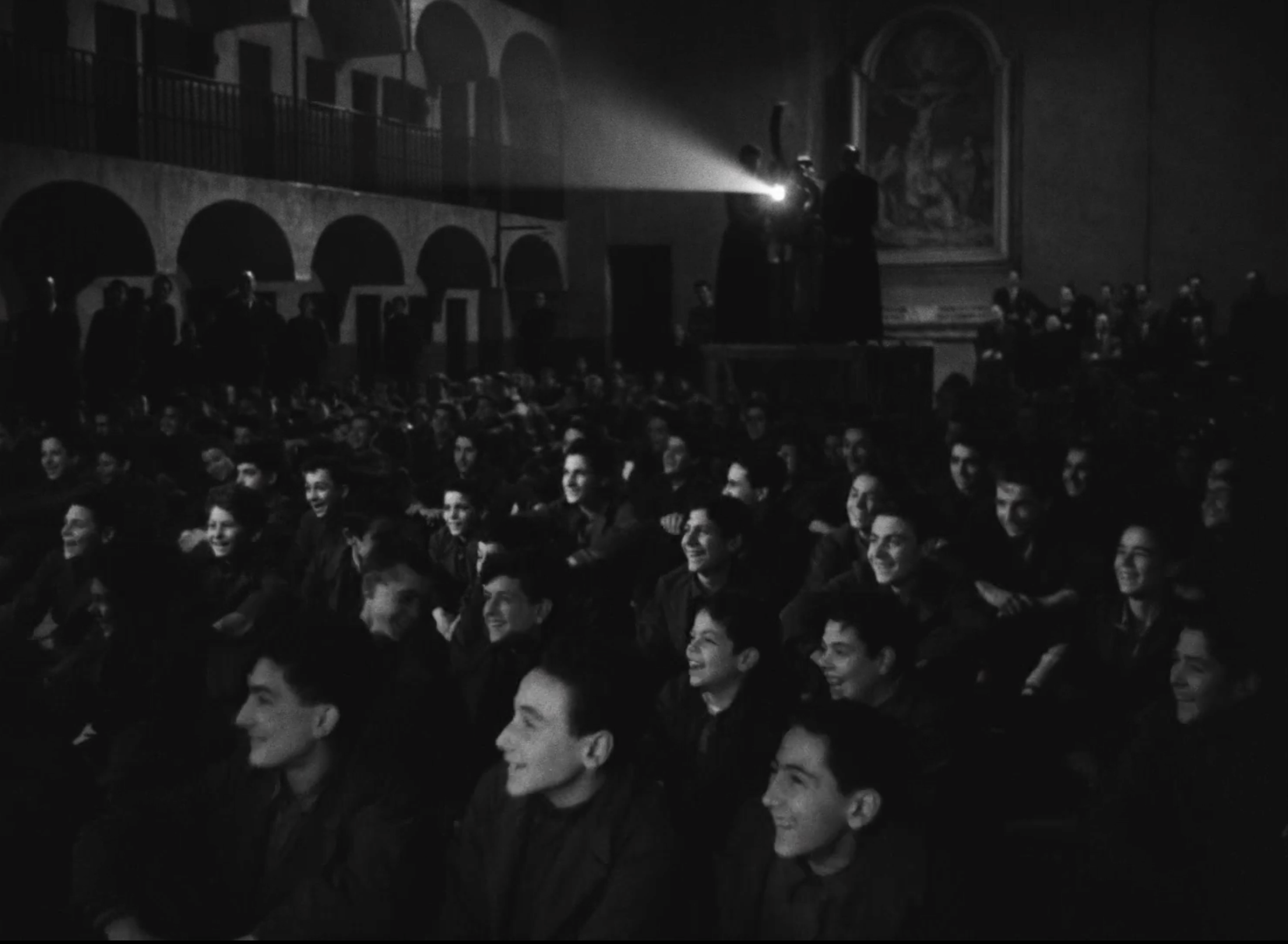
SHOESHINE (1946)
Vittorio de Sica: Actor, Director, Auteur, Bert Cardullo, Cambridge Scholars Publishing, 2009
Italian Neorealism: Rebuilding the Cinematic City, Mark Shiel, Wallflower Press, 2006
Neorealismo: The New Image in Italy 1932-1960, Enrica Vigano, Prestel Publishing, 2018
Italian Film in the Light of Neorealism, Millicent Marcus, Princeton University Press, 1987
The Non-Professional Actor: Italian Neorealist Cinema and Beyond, Catherine O'Rawe, Bloomsbury Academic, 2023
Italian Neorealist Cinema: An Aesthetic Approach, Christopher Wagstaff, University of Toronto Press, 2007
Italian Neorealism and Global Cinema, Laura E. Ruberto (Editor) & Kristi M. Wilson (Editor), Wayne State University Press, 2007
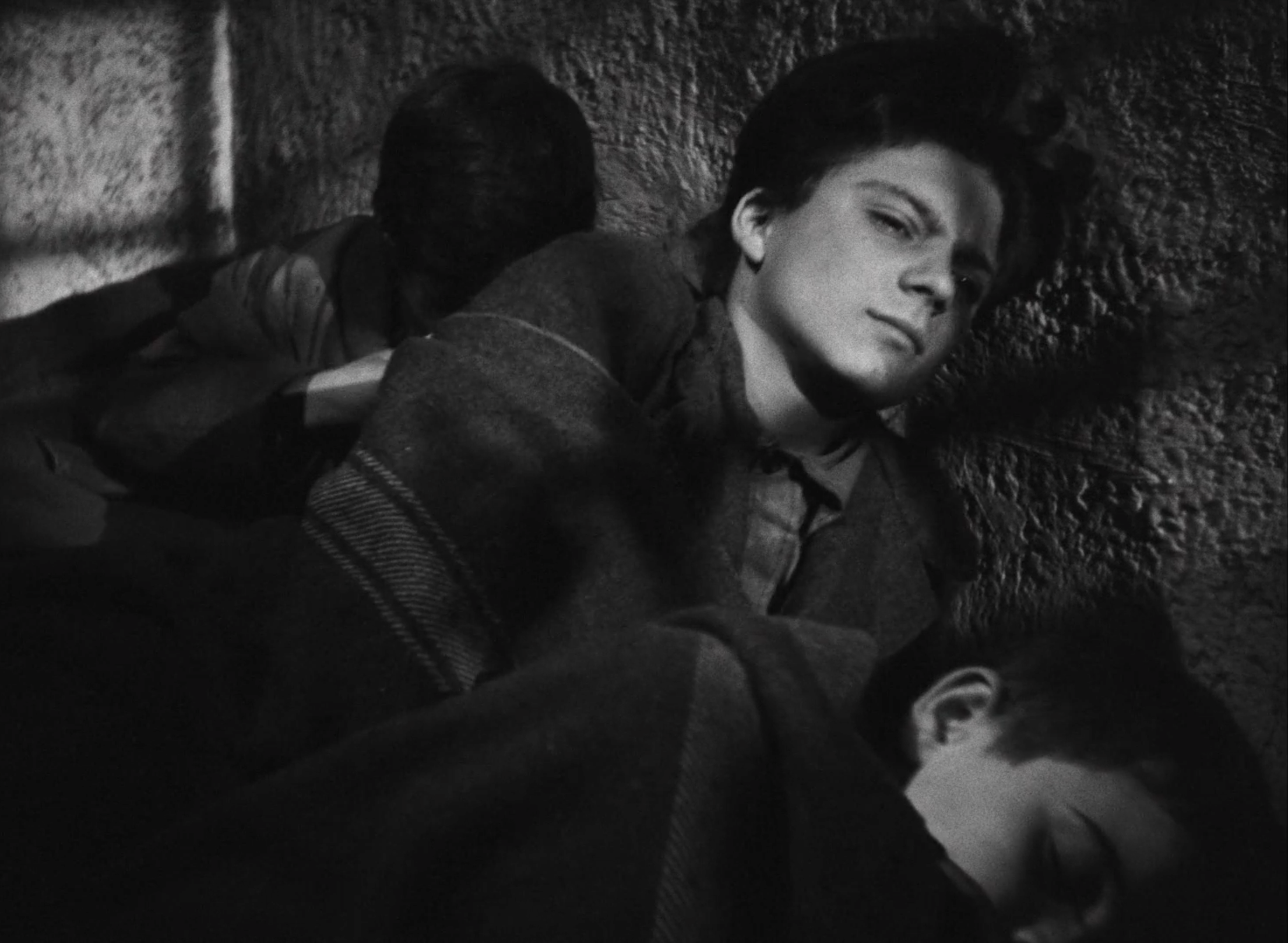
SHOESHINE (1946)
“'Shoe-Shine,' Italian Film Study of Homeless Children, Bill at Avenue Play house -- Smordoni and Interlenghi Take Leads” - New York Times original review from 1947
Pauline Kael on SHOESHINE (1946)
“Vittorio De Sica, Shoeshine, 1946” via A Sharper Focus
Notes on SHOESHINE from TCM
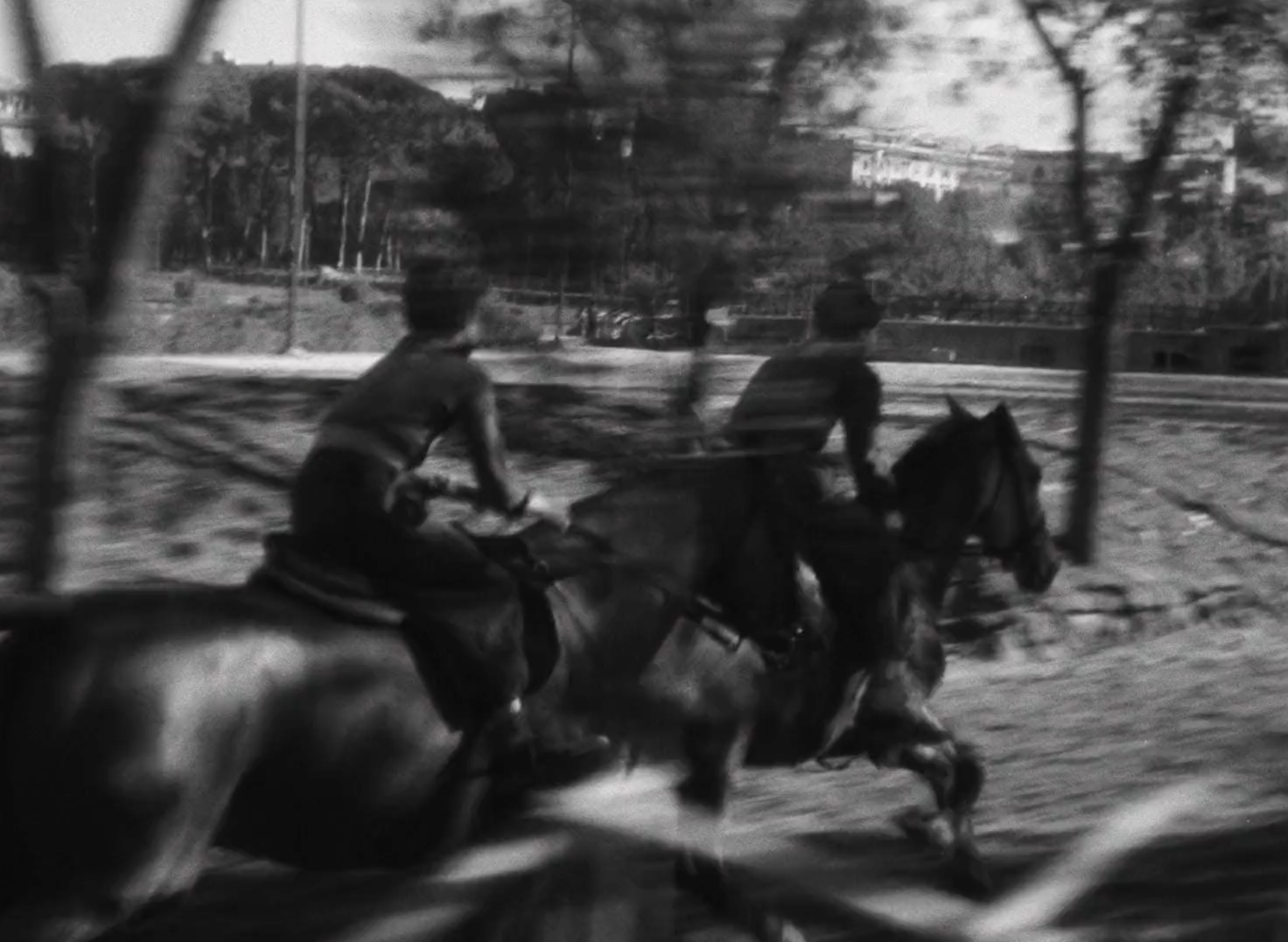
SHOESHINE (1946)
The Film Foundation on Letterboxd
Scored by Alessandro Cicognini
Films Discussed in Martin Scorsese’s MY VOYAGE TO ITALY (1999)
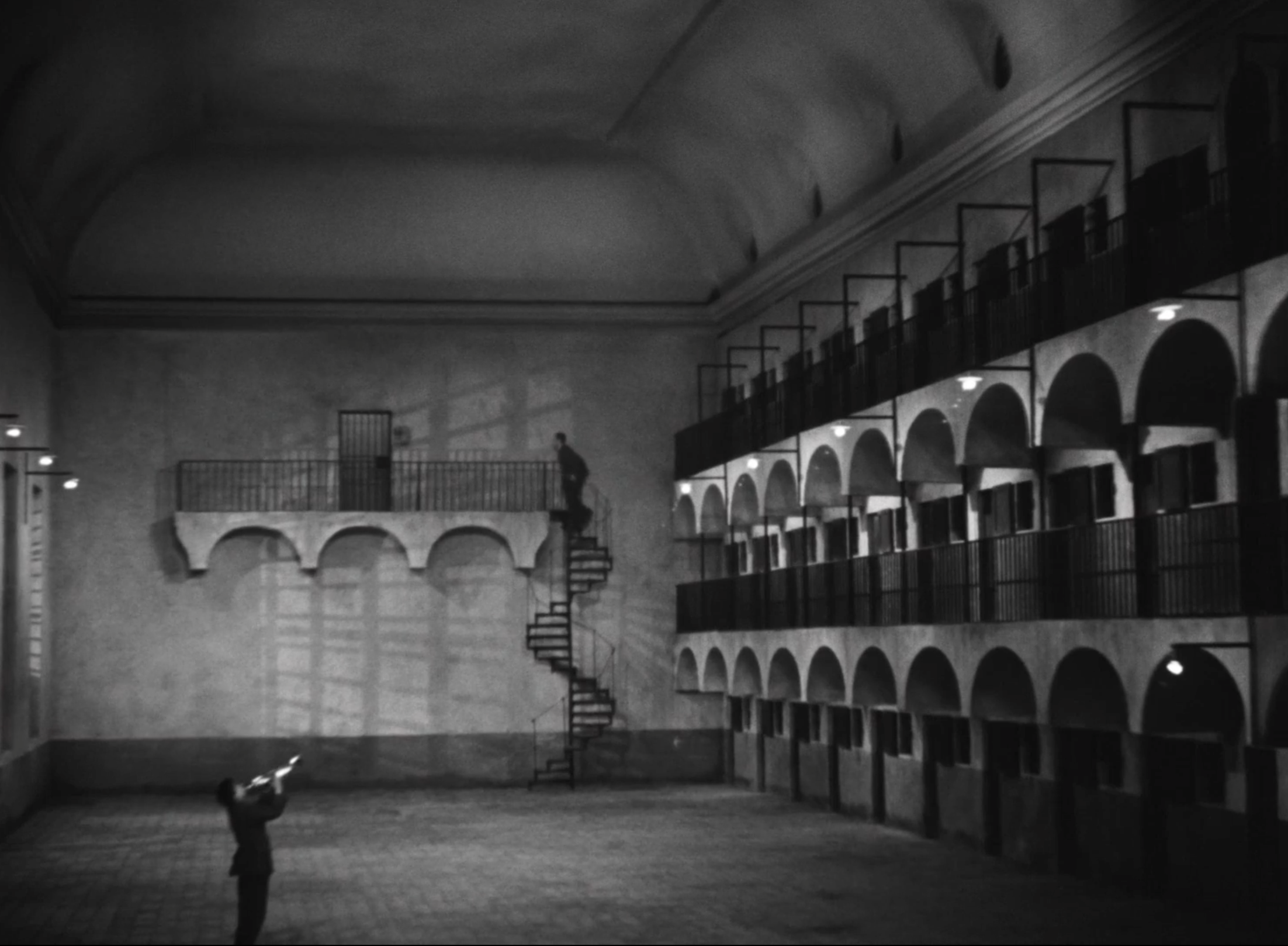
SHOESHINE - Live Screening Commentary Script
11/13/23
Welcome to The Film Foundation Restoration Screening Room! Tonight we’re screening SHOESHINE (1946, d. Vittorio De Sica).
You can stay with us here in the chat to learn more about the film as you watch or you can view the film full screen on-demand at 7pm.
In this chat mode the screening is live and picture controls (rewind/fast forward/pause) will not be available. If you miss anything or need to take a break, that functionality is available when watching on-demand.
Thanks for being here and we hope you enjoy our live commentary. We also encourage you to share your thoughts on the film as we go, making this a communal virtual viewing experience!
00:00:00 - 00:12:00
Director Vittorio De Sica was born on July 7, 1901 in Sora, Lazio, Italy. He started directing films in 1940 with the comedy film RED ROSES. In 1944, he would switch gears to tell a dramatic story involving a young boy entitled THE CHILDREN ARE WATCHING. That would prepare him for making tonight’s film, SHOESHINE, only 2 years later. It would go on to be seen as his first masterpiece.
Orson Welles once spoke of the importance of the film. He said:
"What De Sica can do, that I can’t do. I ran his SHOESHINE again recently and the camera disappeared, the screen disappeared; it was just life.”
SHOESHINE won an honorary Oscar in 1948 and is widely considered the first foreign film to win an Academy Award. From here, De Sica had a run of incredibly important films including BICYCLE THIEVES (1948), MIRACLE IN MILAN (1951), UMBERTO D (1952), and THE GOLD OF NAPLES (1954).
00:12:00 - 00:24:00
Before De Sica became a world famous director, he was a prolific actor in his country and beyond. His first appearance on screen was in an Italian adventure film from 1917 entitled THE CLEMENCEAU AFFAIR. His last onscreen role would come roughly 60 years later in a TV film directed by his son, Manuel, 1976’s L’EROE.
As an actor he is perhaps best remembered for his title performance in Roberto Rossellini’s GENERAL DELLA ROVERE (1959) as well as his supporting roles in Max Ophuls THE EARRINGS OF MADAME DE…(1953) and Paul Morrissey’s BLOOD FOR DRACULA (1974).
To learn more about the films that Vittorio De Sica acted in, be sure to visit the Film Foundation’s Letterboxd account, linked to below:
https://letterboxd.com/tff/list/starring-vittorio-de-sica/
00:24:00 - 00:36:00
Both boys that star in SHOESHINE—Franco Interlenghi and Rinaldo Smordoni—were non-actors when they were cast.
Franco Interlenghi went on to have a long career as an actor before passing away in 2015. His last role was in 2010 in Gian Paolo Cugno’s LA BELLA SOCIETA. He made many Italian films, including Federico Fellini’s I VITELLONI (1953), but also worked in Hollywood on films like Fred Zinnemann’s TERESA (1951), Joseph Mankiewicz’s THE BAREFOOT CONTESSA (1954), and Charles Vidor’s A FAREWELL TO ARMS (1957), which also stars Vittorio De Sica!
Rinaldo Smordoni died roughly a year ago in September of 2022 having acted in only one other film, Alessandro Blasetti’s FABIOLA (1949). He instead became a streetcar driver and worked for the municipal tram company in Rome for all of his life.
A few months before his death he visited Il Cinema Ritrovato in Bologna, Italy for a screening of SHOESHINE and while there shared many of his memories of making the film. We were able to speak with the creator of the festival, Gian Luca Farinelli—who also oversaw SHOESHINE’s restoration—about his time with Smordoni and those memories. The complete interview is available on this page.
00:36:00 - 00:48:00
SHOESHINE is considered an Italian Neorealist film. It’s a genre of film that occurred after the end of World War II, when the country was dealing with the after effects of Fascism and the war itself. It’s also referred to as the “Golden Age” of Italian cinema.
Martin Scorsese said of Neorealism:
“If you ever have any doubt about the power of movies to effect change in the world, to interact with life and fortify the soul, then study the example of Neorealism.”
To hear more from Martin Scorsese and learn more about Neorealism, watch the complete clip from his documentary A VOYAGE TO ITALY (1999), available on this page.
00:48:00 - 01:00:00
In 1935, Vittorio De Sica would meet screenwriter Cesare Zavattini, igniting a partnership that would last through some twenty films, including SHOESHINE. Zavattini was born in Northern Italy in 1902 and studied law before he became a devoted writer. His first screenplay credits came in 1936 with Mario Camerini’s I’LL GIVE A MILLION—starring De Sica.
As his career progressed, Zavattini became known as one of the first, and eventually central theorists of the Neorealist movement in Italian cinema. His 1952 piece entitled “Some Ideas on Cinema” outlined thirteen points that many saw as a manifesto for Neorealism.
01:00:00 - 01:12:00
Alessandro Cicognini created the musical score for SHOESHINE. He was born in 1906 in Pescara, Italy and studied in Milan. He wrote operas before starting his work in film, where he would compose music for over 100 films throughout his career.
Cicognini often worked with De Sica and made many films with the Italian director Alessandro Blasetti. He would also create music for non-Italian directors like David Lean and Martin Ritt.
To learn more about the films that Alessandro Cicognini scored, be sure to visit the Film Foundation’s Letterboxd account, linked to below:
https://letterboxd.com/tff/list/scored-by-alessandro-cicognini/
01:12:00 - 01:24:00
Vittorio De Sica and his cinematographer Anchise Brizzi (who started shooting films in the silent era!) had to be very resourceful while making SHOESHINE and instead of getting continuous rolls of film stock on which to shoot, had to use whatever they could find in postwar Rome. This resulted in a negative that was formed by many different film stocks, which the restoration team discovered when they started working on the film.
Gian Luca Farinelli, the director of Cineteca di Bologna, spoke with us about the complete restoration process. To learn more about what that process entailed, watch the complete interview which is available on this page.
01:24:00 - 01:36:00
Thank you so much for joining us!
SHOESHINE was restored in 4K by The Film Foundation and Fondazione Cineteca di Bologna at L’Immagine Ritrovata in association with Orium S.A. Restoration funding provided by the Hobson/Lucas Family Foundation.
The 4K restoration of SHOESHINE was completed at L’Immagine Ritrovata laboratory using the best surviving original elements.
We look forward to seeing you next month on Monday, December 11th for the final presentation of the Restoration Screening Room series, Sergio Leone’s ONCE UPON A TIME IN THE WEST (1968).
